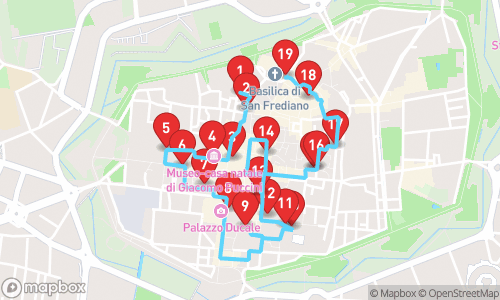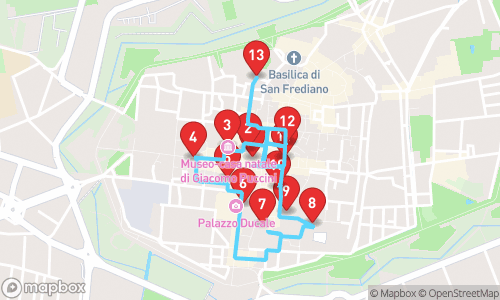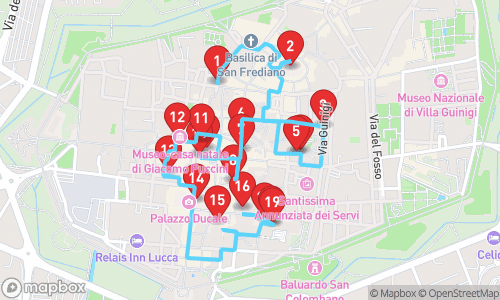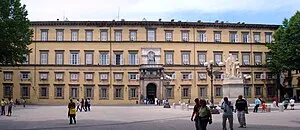

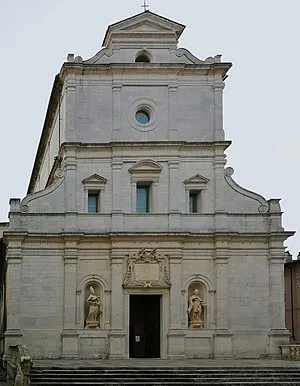
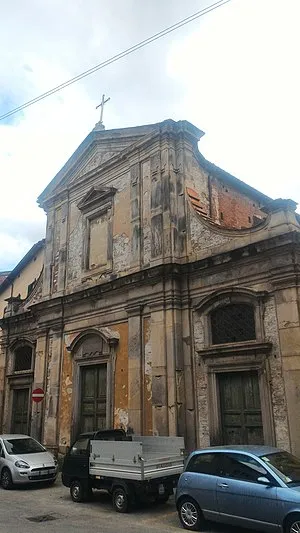
The Enchanting Historical Odyssey Through Lucca

Tour Guide
Charles the Historian
Welcome to Lucca! On this GPS guided audio tour, we will visit 13 stops on a route of 4.40km. This tour focusses mainly on general tourism.
Locatello is an app where you can generate personal audio guided tours. Set your preferred distance, guide, language and theme, and a guided tour is created on the spot.
Walking Time
Distance
stops
Language
Tour Stops

Ducal Palace, Lucca
A large palace of significant size, featuring a mix of Renaissance and Baroque architectural styles, owes its current appearance to various restorations and additions between the 16th and 19th centuries. Its interior halls house numerous artworks and decorative elements.

Sant'Alessandro, Lucca
A rare and well-preserved example of medieval classicism, Sant'Alessandro is a tribute to the survival of Roman architectural tradition in Italy during the Dark Ages, showcasing a sober classicist facade with alternating limestone bands.

Basilica of St. Paulinus
A Renaissance-style minor basilica church in Lucca, Tuscany, Italy, dedicated to Saint Paulinus of Antioch, patron of the city. It features a marble façade with statues of Saints Donato and Paolino, a marble choir, and rich frescoes.

Santi Crocifisso dei Bianchi, Lucca
A Roman Catholic church, also known as Santi Crocifisso dei Bianchi, refurbished in 1761 by Francesco Pini and decorated with frescoes by Lorenzo Castellotti. The church was previously called San Benedetto in Palazzo and housed valuable canvases before being deconsecrated in 2015.
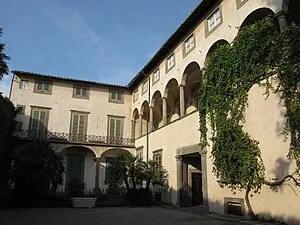
Palazzo Mansi National Museum
A Baroque palace turned national museum, housing tapestry collections and post-19th century art, with many original room decorations remaining in place. The palace's piano nobile rooms feature grand decoration and a staircase, while the ground floor rooms were turned into a summer apartment.
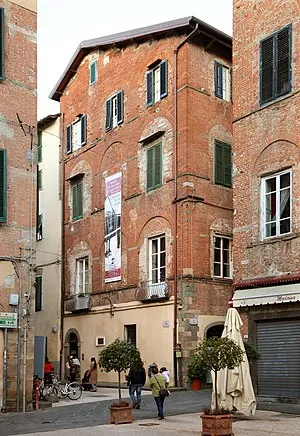
Museo-casa natale di Giacomo Puccini
A historic museum showcasing the birthplace and childhood home of Giacomo Puccini, with original furniture, personal belongings, and handwritten scores of his compositions.
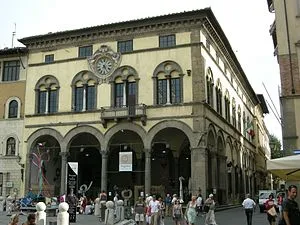
Palazzo Pretorio, Lucca
A Renaissance-style palace, built mainly during the 16th century, houses the courts of civil law in Piazza San Michele, Lucca. Its original structure dates back to 1370 as a tribunal and Hall of Justice, with later additions made in 1492 and 1588.

Santi Giovanni e Reparata
A medieval church in Lucca, Italy, with origins dating back to the 5th century. The current structure was reconstructed in the 12th century and features a mix of Romanesque and Lombard architectural styles.
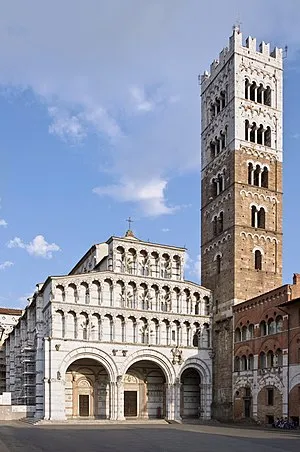
Lucca Cathedral
A Roman Catholic cathedral dedicated to Saint Martin of Tours, Lucca Cathedral features a mix of original and rebuilt structures, including a great apse, campanile, and 14th-century Gothic nave, as well as a vast portico and sculptures-adorned galleries.
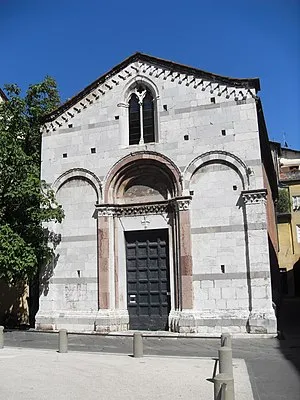
Santa Giulia, Lucca
A Roman Catholic oratory in Lucca, dating back to the 10th century, with a façade blending Romanesque and Gothic styles, and an interior featuring ancient tombs and a venerated image of the Crucifixion.

Guinigi Tower
A typical example of local Romanesque-Gothic architecture, the Torre Guinigi is a 45-meter tower with 233 steps to the top, featuring holm oaks growing on its summit.
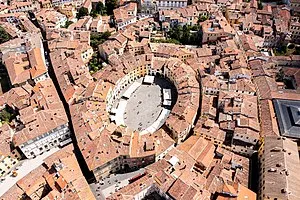
Piazza dell'Anfiteatro
A piazza built within the ruins of a former 1st-2nd century BC Roman amphitheater in Lucca, Tuscany. The elliptical square is surrounded by private residences and outdoor cafes, with a central cross marking the four gateways.
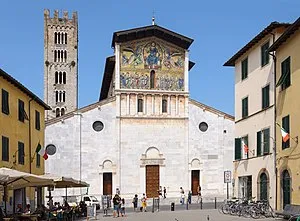
Basilica of San Frediano
A minor basilica in Lucca, Italy, characterized by its richly carved white marble interior and Romanesque architecture, featuring a notable baptismal font and several chapels adorned with frescoes and sculptures.
Audio Preview
30 secDownload App
Experience this tour and many more with our mobile app. Available for iOS and Android.
Audio Preview
Tour Map
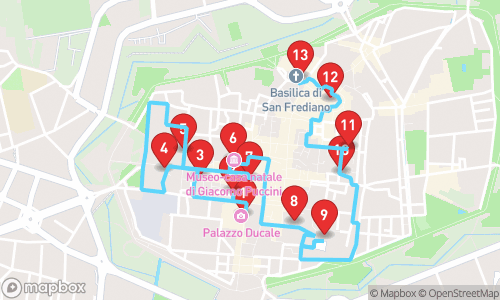
Quick Facts
- ✓GPS-guided navigation
- ✓Professional audio narration
- ✓Offline maps available
- ✓Premium content included
Why Choose This Tour
Expert Local Guide
Narrated by Jenny Multilingual, specializing in general tourism
Flexible Timing
Take the tour at your own pace, any time of day
